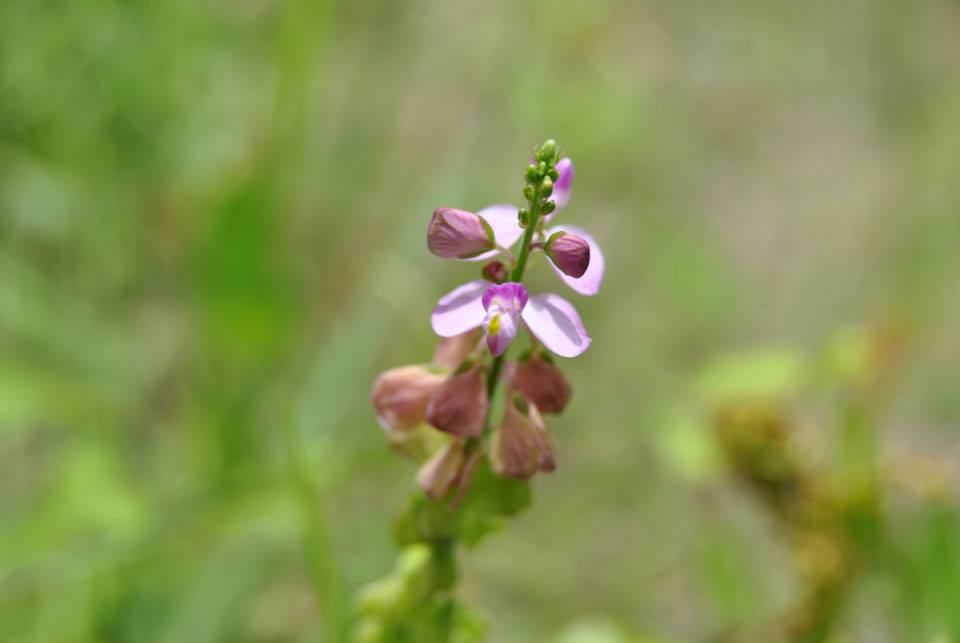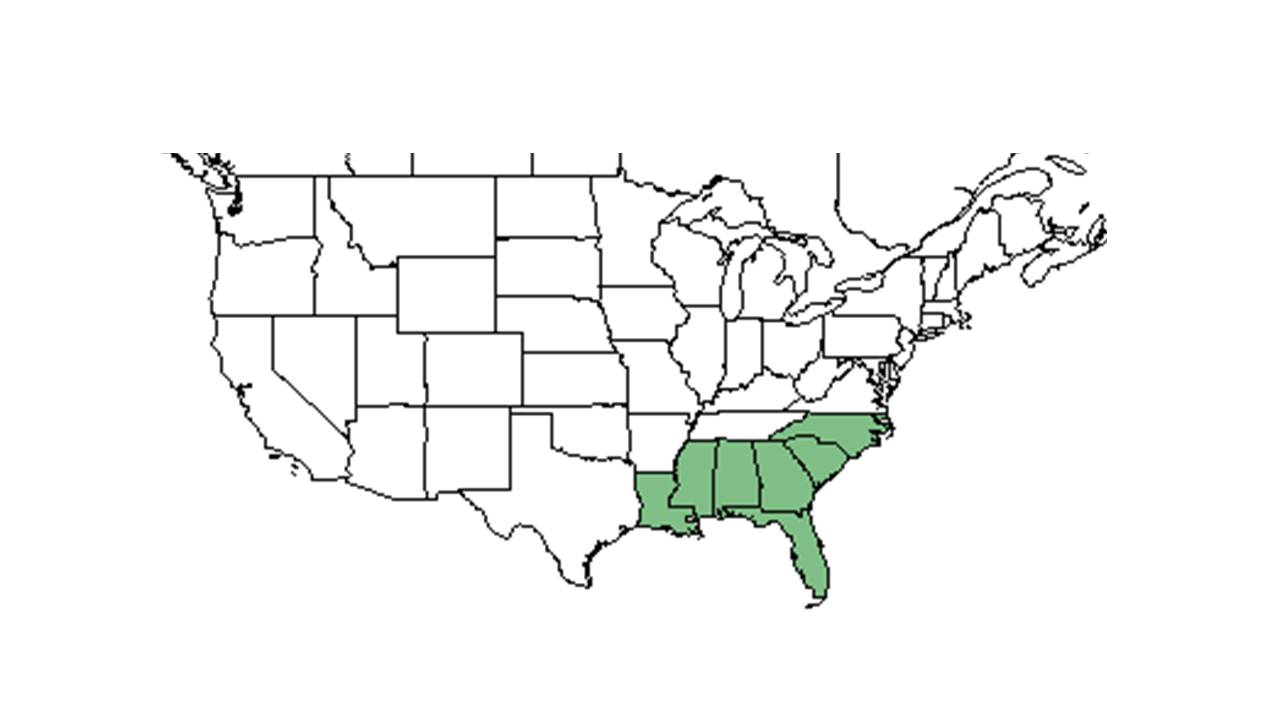Difference between revisions of "Polygala grandiflora"
(→Distribution) |
|||
| Line 25: | Line 25: | ||
==Ecology== | ==Ecology== | ||
===Habitat=== <!--Natural communities, human disturbed habitats, topography, hydrology, soils, light, fire regime requirements for removal of competition, etc.--> | ===Habitat=== <!--Natural communities, human disturbed habitats, topography, hydrology, soils, light, fire regime requirements for removal of competition, etc.--> | ||
| − | This species has been found growing | + | This species has been found growing within calcareous glades, upland pine woods, longleaf pine-scrub oak sand ridges, savannas, and sandhill communities (Deyrup et al 2002, FSU Herbarium). |
===Phenology=== <!--Timing off flowering, fruiting, seed dispersal, and environmental triggers. Cite PanFlora website if appropriate: http://www.gilnelson.com/PanFlora/ --> | ===Phenology=== <!--Timing off flowering, fruiting, seed dispersal, and environmental triggers. Cite PanFlora website if appropriate: http://www.gilnelson.com/PanFlora/ --> | ||
Revision as of 17:25, 24 July 2015
| Polygala grandiflora | |
|---|---|

| |
| Photo taken by Michelle M. Smith | |
| Scientific classification | |
| Kingdom: | Plantae |
| Division: | Magnoliophyta – Flowering plants |
| Class: | Magnoliopsida – Dicotyledons |
| Order: | Polygalales |
| Family: | Polygalaceae |
| Genus: | Polygala |
| Species: | P. grandiflora |
| Binomial name | |
| Polygala grandiflora Walter | |

| |
| Natural range of Polygala grandiflora from USDA NRCS Plants Database. | |
Contents
Description
Common name: showy milkwort
Distribution
Ecology
Habitat
This species has been found growing within calcareous glades, upland pine woods, longleaf pine-scrub oak sand ridges, savannas, and sandhill communities (Deyrup et al 2002, FSU Herbarium).
Phenology
Seed dispersal
Seed bank and germination
Fire ecology
Flowers within two months of burning in early summer (Robertson).
Pollination
Mark Deyrup at Archbold Biological Station observed these Hymenoptera species on Polygala grandiflora
Megachilidae: Anthidiellum notatum rufomaculatum
Use by animals
Deyrup observed this bee, Anthidiellum notatum rufimaculatum, on P. grandiflora (Deyrup et al 2002).
Diseases and parasites
Conservation and Management
Cultivation and restoration
Photo Gallery
References and notes
Robertson, Kevin M. 2014. Personal observation at Pebble Hill Plantation, Grady County, GA.
Deyrup, M. J. E., and Beth Norden (2002). "The diversity and floral hosts of bees at the Archbold Biological Station, Florida (Hymenoptera: Apoidea)." Insecta mundi 16(1-3).